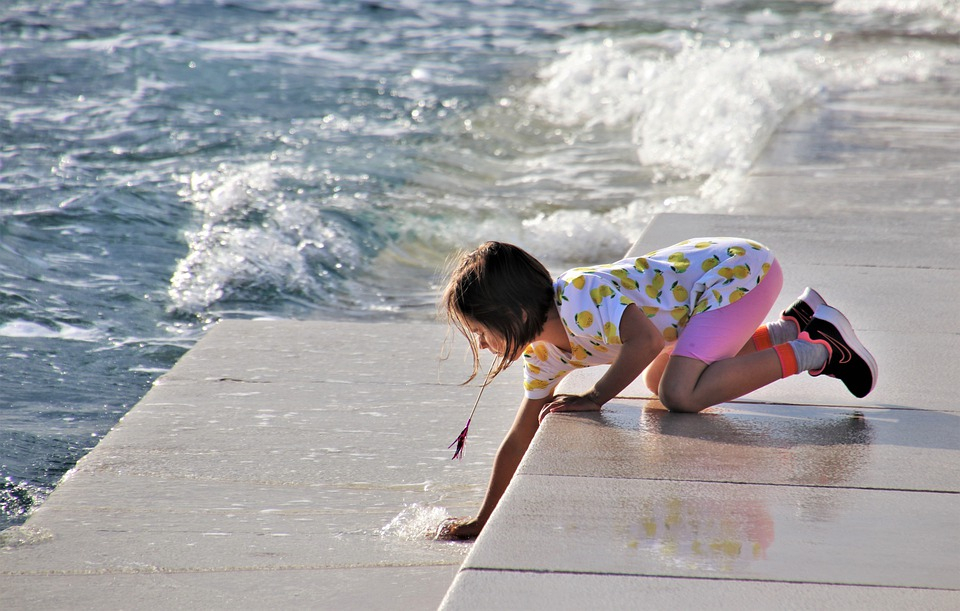
The Croatian Chamber of Commerce (HGK) is the holder of an EU project called InnovaMare, which creates an innovation ecosystem of SMEs, public and scientific sectors.
As Poslovni Dnevnik/Marta Duic writes on the 23rd of July, 2020, Mateo Ivanec, Head of the Innovation System Department in the Sector for Industrial Development and Innovation System of the Croatian Chamber of Commerce, talked to Poslovni dnevnik about the InnovaMare project, its goals and plans, and the partnership with Italy in the implementation of the project.
What prompted you in regard to the InnovaMare project? How long has it been planned?
The process of developing the project idea, preparing the tender documentation and the project application itself took a year. In the last four years, the Croatian Chamber of Commerce has invested in strengthening the capacity of a team of about 20 employees who have been educated and worked on projects in the areas of innovation systems, technology transfers, and research and development. One of the key activities is to improve cross-border cooperation between research institutions and the private sector and to enable the involvement of SMEs in international research networks as a way of adding value to SMEs in the field of internationalisation and technology transfer.
The InnovaMare project is based on a different approach, which is increasingly represented across the EU, and this approach refers to solving key societal challenges through different public policies. Namely, social challenges are increasingly becoming not only an issue of the protection of human health or the environment, but also an economic issue because they negatively affect various economic sectors. By solving social challenges by applying the most modern technologies and innovative solutions, we’re strengthening SMEs that can offer solutions of such a kind, and we’re also opening global markets with the same or similar social challenges. Considering this approach, we detected one of the extremely important social challenges, and that is the pollution of the Adriatic sea. If we don’t approach this social challenge systematically, in an organised manner and at the cross-border level, we can expect extremely negative consequences in the near future.
What is the main goal of the InnovaMare project and how much of it is EU funded?
The main goal of the project is to develop and establish an innovation ecosystem for the development of innovative solutions in the field of robotics and sensors for the monitoring and prevention of pollution in the Adriatic sea through the cooperation of public and private sectors, as well as scientific research institutions. Encouraging the integration of scientific research and the private sector and providing access to networking tools, innovative processes and technologies, educational models and funding schemes will provide space to increase investment in research, development and innovation. The project is co-financed by the EU in as much as 85 percent, and the total value of the project is 5.6 million euros.
Who, of all of the partners, are involved in the project and whose role and task is the biggest?
The Croatian Chamber of Commerce is the project holder and bears all of the responsibility for the implementation of the InnovaMare project, as well as for achieving the defined results. There are a total of seven partners from the Republic of Croatia, in addition to the Croatian Chamber of Commerce. These are the Faculty of Electrical Engineering and Computing, the Ruđer Bošković Institute, the University of Rijeka, the University of Dubrovnik, Geomar d.o.o. Split and Šibenik-Knin County. There are also seven partners from Italy, namely the MARE FVG cluster, the University of Trieste, the Chamber of Commerce of the Veneto region, the National Institute of Oceanography and Experimental Geophysics, the Regional Agency for Technology and Innovation, and the Institute of Marine Science, Commtec d.o.o.
Tell us more about the innovation ecosystem you plan to establish
The established innovation ecosystem aims to improve the framework conditions at the cross-border level by jointly building strategic and operational capacities by using public policy instruments to strengthen the cooperation of innovation system stakeholders. The key role of the InnovaMare innovation ecosystem is to be a platform and facilitator that defines challenges, sets priorities and brings together information, stakeholders and resources to create innovative solutions to the challenges that lie ahead of us. The innovation ecosystem strengthens the cooperation of innovation “players” and provides them with mechanisms and tools to encourage the development of new innovative solutions in the field of underwater robotics and sensors.
How many people are working on that development? What are all of the plans and in what time frame do you expect to be able to see visible results?
A total of 46 people were involved in the implementation of the project through thirteen partners. The total duration of the project is 30 months, ie, the deadline for the implementation of these activities is December the 31st, 2022. We believe that the first results, in terms of developing new projects and strengthening cooperation between stakeholders in this area, will be seen during 2021. The main elements of the project are the establishment of the Digital Innovation HUB (DIH), the strategy and action plan for the innovation ecosystem model, the prototyping of a robotic sensor solution for monitoring marine pollution and the development of a digital site for cooperation, financing, information gathering and web development, as well as interactive platforms.
What are the plans for the DIH (Digital Innovation Hub) that will be part of the InnovaMare project and one of the main visible results? Where will the Hub be located?
The Digital Innovation Hub is planned to be the central place of the innovation ecosystem and will be located in Šibenik with a branch office in Italy. The City of Šibenik was chosen for two reasons. One is its history, which marks many exceptional economic achievements as well as achievements in the field of innovation, and the other is its central position on the Adriatic, which enables extremely good connections.
The DIH will be based on four development pillars, namely; technology transfer, digital tools for networking and strengthening cooperation, innovative models for financing projects and technological solutions, and educating the business and scientific research sector on key areas for cooperation and business development, such as new business model, spin off companies, innovation management, etc.
For more on EU and cross-border projects, follow our lifestyle page.









